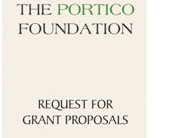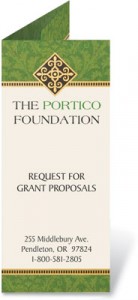Business brochures continue to thrive as powerful marketing tools that can capture attention, build credibility, and drive action. In a digital world, a well-designed brochure provides something tangible that potential customers can hold, reference, and share. Whether you are promoting a new service, announcing an upcoming event, or introducing your organization to the community, knowing what to add to a brochure can make the difference between a piece that gets tossed aside and one that generates real results.
Creating a brochure might seem straightforward, but the most effective ones follow specific guidelines that ensure maximum impact. This guide will walk you through the five must-have elements that transform ordinary brochures into compelling marketing assets. You will discover how to create brochures that look professional and deliver measurable results for your business or organization.
Define Your Brochure’s Clear Purpose
Before you start designing or writing, establish exactly what your brochure needs to accomplish. Make sure everyone involved with the designing of your brochure knows the purpose to create a cohesive message that resonates with your target audience.
Start by clearly stating what your brochure promotes. Ideas include:
- Advertising a seasonal sale
- Introducing a new product line
- Recruiting volunteers for a community event
Align your messaging with specific goals. If you’re targeting first-time customers, emphasize introductory offers and highlight what sets you apart from competitors. For existing clients, focus on new services or exclusive member benefits that encourage repeat business.
Consider including a brief mission statement or organizational introduction, especially if you’re representing a newer business or nonprofit. This helps establish credibility and creates an emotional connection with readers.
Your purpose also determines the tone and style of your content. A brochure promoting a professional conference will have a different feel than one advertising a family-friendly community festival.
Choose A Compelling Cover Image
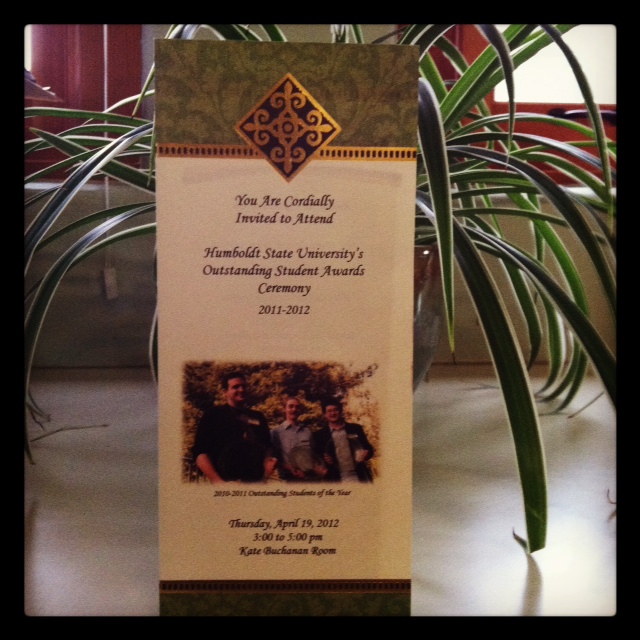
Your cover image has mere seconds to capture attention and convince someone to look deeper into your content, making it one of your most critical design choices.
Invest in high-quality, relevant photography that directly relates to your message. If you’re promoting a restaurant, showcase your signature dish in perfect lighting. For a fitness center, feature real members engaged in activities rather than generic stock photos of impossibly perfect models.
Avoid using generic stock photos; they often create a disconnect between your brochure and your real business.
Ensure your image reinforces your brand identity through consistent color schemes, filters, and styling. If your business has a modern, minimalist aesthetic, your cover image should reflect that same clean, sophisticated approach.
Consider the emotional response your image creates. A warm, inviting photo of your team at work can make service-based businesses feel more approachable, while a dramatic product shot might work better for retail companies looking to create excitement about a new offering.
Include Complete Contact Information
Your brochure might generate interest and excitement, but without clear contact information, potential customers have no way to take the next step. Making it easy for people to reach you is essential for converting brochure readers into actual customers or participants.
Essential contact details include:
- Business or organization name (exactly as it appears elsewhere)
- Primary phone number with area code
- Professional email address
- Website URL (make sure it’s current and functional)
- Physical address if you have a storefront or office location
- Social media handles for platforms where you’re actively engaged
- Include any relevant alternative contact methods (live chat, online scheduling, etc.)
Position this information strategically so it’s easy to find without overwhelming other content. Many successful brochures feature contact details on both the back panel and within the main content area, ensuring readers can always find this crucial information.
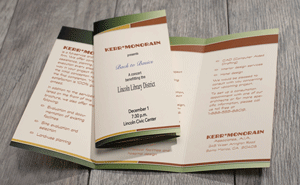
Specify Time and Date Details When Relevant
For event-focused brochures, precise timing information can make or break your marketing efforts. Vague or incomplete details create confusion that often results in missed opportunities and frustrated potential attendees.
Be specific with all timing elements:
- Full date including day of the week, month, date, and year
- Start and end times using clear AM/PM designations
- Time zone if you’re promoting to a broader geographic area
- Duration of the event when relevant
Clarify the format and location. With hybrid events becoming increasingly common, explicitly state whether your event is in-person, virtual, or offers both options. Include complete address information for physical locations and detailed login instructions for online events.
Consider including registration deadlines, early-bird pricing cutoffs, or other time-sensitive information that creates urgency and helps readers plan accordingly. These details not only provide practical value but also encourage faster decision-making.
Create a Persuasive Call to Action
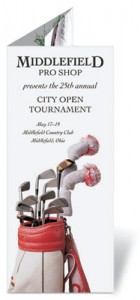
Every successful brochure guides readers toward a specific next step through a clear, compelling call to action (CTA). This element transforms passive interest into active engagement, making it one of your most important content components.
Use action-oriented language that tells readers exactly what you want them to do:
- “Schedule your free consultation today”
- “Register online before seats fill up”
- “Visit our showroom this weekend for exclusive deals”
- “Call now to reserve your spot”
Make your CTA visually prominent through strategic placement, contrasting colors, or distinctive formatting. Whether you place it on the front cover, back panel, or as a highlighted section within your content, it should stand out without overwhelming other elements.
Create urgency when appropriate by including deadlines, limited-time offers, or exclusive benefits for immediate action.
Consider offering multiple ways for people to respond to accommodate different preferences. Some customers prefer phone calls, others like online forms, and many appreciate the convenience of QR codes that link directly to registration pages or contact forms.
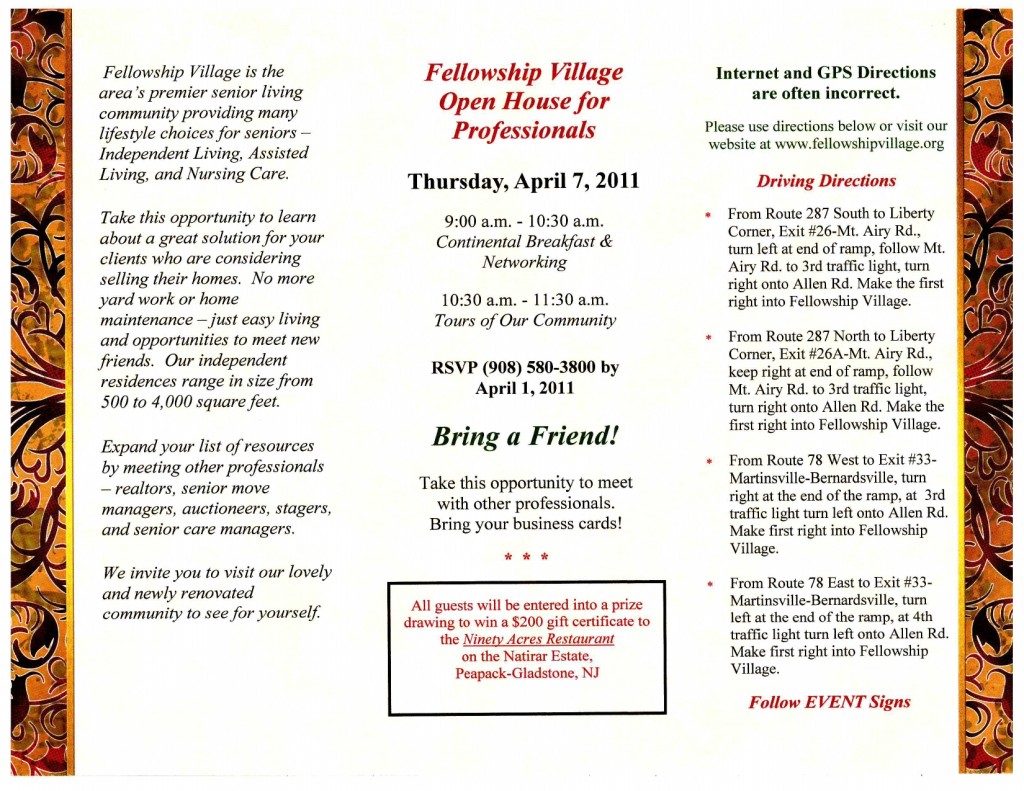
Additional Elements That Enhance Your Brochure
Beyond the five essential components, several additional features can strengthen your brochure’s impact and credibility.
Customer testimonials and success stories provide social proof that builds trust with potential customers.
QR codes offer instant connectivity between your print material and digital resources. Link to your website, online registration forms, social media profiles, or exclusive digital content that extends the brochure experience.
Statistics and achievements help establish credibility, especially for newer businesses or organizations.
Awards and certifications signal quality and professionalism to readers who may be unfamiliar with your organization.
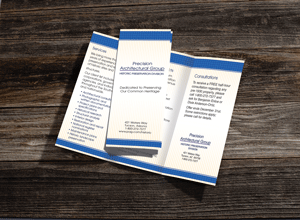
Maximizing Your Brochure’s Marketing Impact
Creating brochures that work requires balancing essential information with a compelling presentation. Your brochure has just moments to capture attention and convince someone to take action, making every element crucial to your success.
Focus on these five core elements—clear purpose, compelling imagery, complete contact information, specific timing details, and persuasive calls to action—while keeping your overall design clean and professional. Remember that effective brochures serve your audience’s needs first, providing valuable information in an easily digestible format.
Ready to design an eye-catching brochure for your school or business? Visit PaperDirect for all of your brochure printing needs and bring your marketing vision to life.

